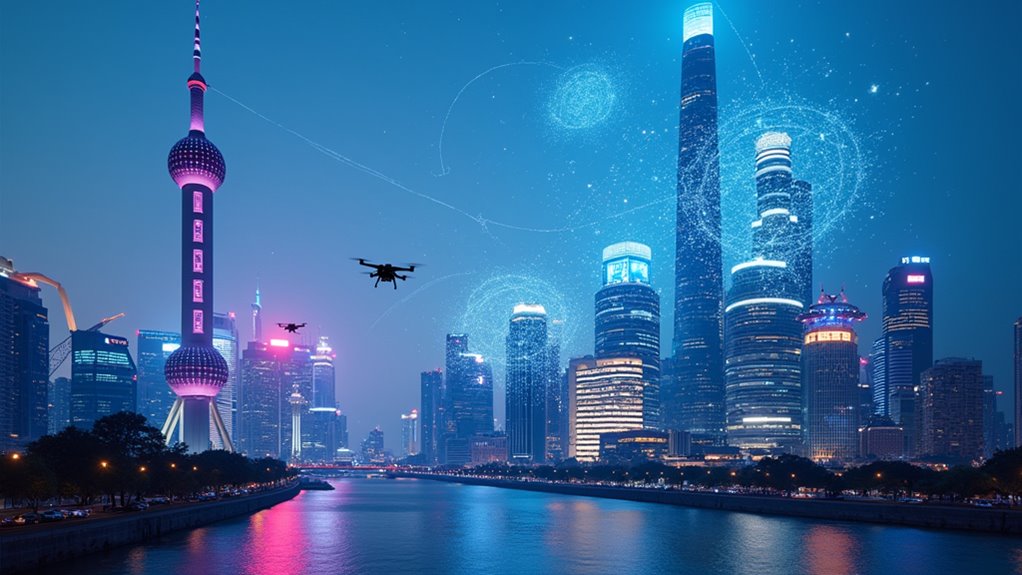While U.S. tech restrictions continue to squeeze China’s AI ambitions, President Xi Jinping isn’t backing down. During a recent Politburo meeting, he made it crystal clear: China’s going all-in on artificial intelligence autonomy. Funny how trade barriers have a way of lighting a fire under innovation.
The timing couldn’t be more strategic. Since ChatGPT burst onto the scene in late 2022, Chinese tech companies have been playing catch-up. But here’s the twist – they’re actually making serious headway. Take DeepSeek’s R1 chatbot, for instance. It’s giving American AI models a run for their money, and at a fraction of the cost. The mounting tariffs on Chinese goods have only intensified the push for domestic innovation. Not too shabby for a country facing tech restrictions. Xi’s emphasis on international AI governance reflects a growing recognition of the need for global collaboration. Similar to healthcare applications, drug discovery processes are becoming more efficient with AI involvement.
Xi’s game plan is pretty straightforward: beef up domestic innovation through policy support, strengthen intellectual property rights, and use public procurement to boost local AI adoption. It’s like watching someone build a house while the neighbor keeps trying to hide the construction materials. The focus on self-reliance isn’t just talk – it’s survival.
The stakes are high in the chip game, where China still lags behind. High-end semiconductors are the backbone of advanced AI systems, and U.S. export controls have made them about as accessible as water in a desert. But China’s response? Double down on research and development. Build from scratch if you have to.
Chinese startups are already showing what they’re capable of. Their AI models are proliferating faster than social media trends, and they’re not just copying – they’re innovating. The goal is clear: create AI systems that are autonomous, controllable, and coordinative. In other words, AI with Chinese characteristics.
The U.S.-China tech rivalry isn’t going anywhere soon. It’s a high-stakes game of technological chess, and Xi’s message is unambiguous: China’s not interested in playing second fiddle. With institutional backing and a laser focus on self-sufficiency, China’s AI ambitions are more than just talk. They’re a blueprint for technological independence.









